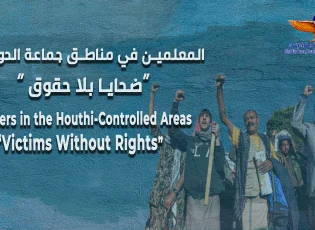In 2017, the number of international migrants reached 258 million, representing about 3.4% of the world's population. Asia hosts the largest number of international migrants (80 million), followed by Europe (78 million). The majority of migrants and refugees are women and children. They are often unable to travel long distances with their children or are exposed to harsh conditions and threaten their lives on the road, including gender-based violence.
Although many female migrants do not face violence and benefit from migration, violence and discrimination can appear at the beginning of the migration process under different forms. In some cases, discrimination and violence in the private or public sphere may be the main motivation for women to migrate. For instance, bias against Certain categories of women, such as single mothers, wives, widows, lesbians, bisexual and transgender people, can be a powerful driving force to immigration.
Violence and discrimination continue to be part of the lives of many migrant women, who suffer from double vulnerability. Primarily, because of their status as women, reflecting gender inequality in origin and destination communities as well as their status as aliens. These two main causes of vulnerability are often intersected with additional risk factors.
War-affected women are at greater risk of being abused. They have fewer opportunities for self-reliance and sustainable living in the country of asylum. The response to the urgent needs of female refugees remains urgent.
The risk of confronting violence increases with factors such as legal status, age, class, culture, race, religion, sexual orientation and identity or disability. In addition, the lack of local language skills and inadequate access to adequate jobs and limited knowledge of their rights. For example, in some cases, combined previous experiences of violence in their communities to reduce the ability of female migrants to protect themselves from abusive situations.
Since the conflict in Syria leads to the largest displacement crisis in the world, by mid-2018 Turkey hosted more than 3.5 million Syrian refugees. This is an increase of 21% over the number of refugees in 2017, about 70% of whom are women or children. Maat for Peace, Development and Human Rights (Egypt) submits this report to clarify and follow up the challenges and violations that female Syrian refugee faced in the Turkish Republic, after reviewing Turkish protection laws and their shortcomings towards women.











